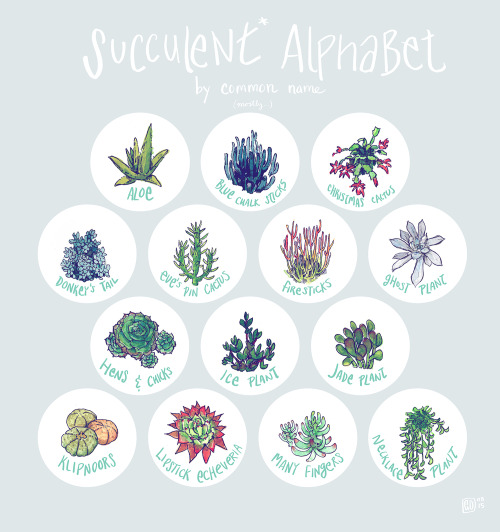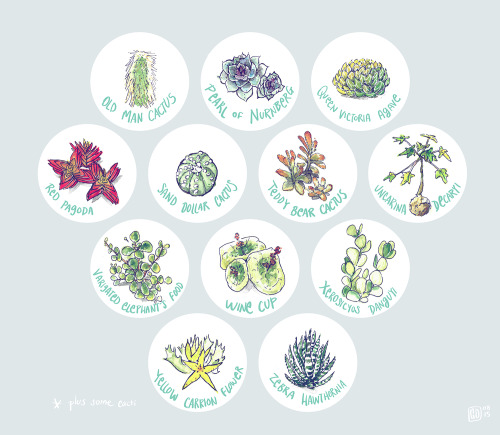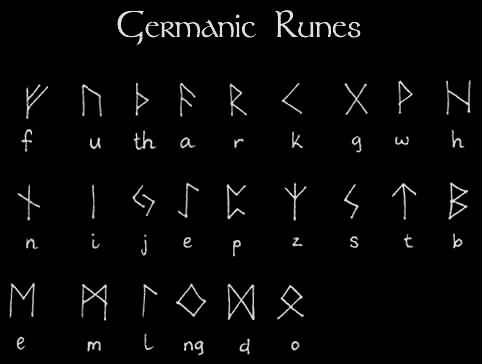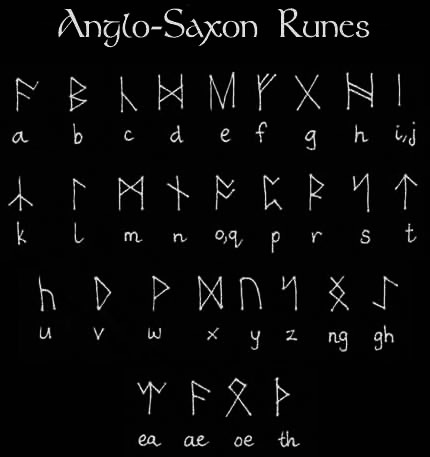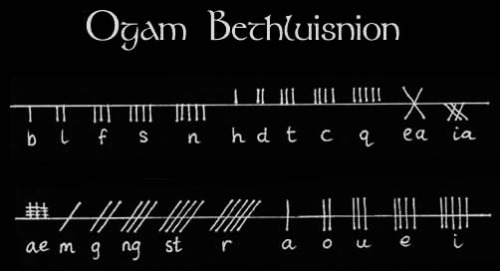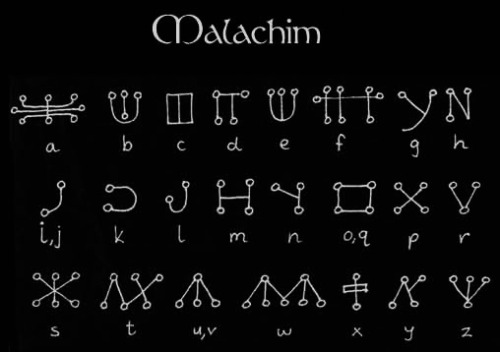#alphabets
I came across this site which teaches you the alphabet for over 40 languages, with audio and it even lets you test yourself afterwards The site format is super simple and did I mention the 40+ languages!
This post was written by Lyonas Xu, an intern from the Classics Department.
The first book I read for my Latin Internship is the Orbis Sensualium Pictus (“Visible World in Pictures”) by Czech educator John Amos Comenius. The edition I have is the twelfth, published in 1777. Interestingly, the previous owner of this book practiced his signature on both endpapers (more than twenty times) and in this way, I know both his name and presumably the date he got the book, which is on May 21st, 1779 (thank you, Edward Borrer!).


Above is the first section of Orbis Sensualium Pictus, the “Invitation/ Invitatio”. As we can see, it illustrates a master and a boy, wearing 18th century breeches and coats, talking face to face. The text for this picture is in the form of a dialogue: the master asks questions and teaches the boy to be wise. From a broader perspective, we perceive that this book, “the master”, will guide its young readers, “the boys”, to wisdom by enriching them with all those “things obvious to the senses”. However, before introducing the world to them, “the boys” need to begin with “the plain sounds”, the ABC’s.


How did you learn the alphabet? With ABC songs or picture cards? Comenius, instead, presented a surprising method on how to learn the alphabet, which he described as “a lively and Vocal Alphabet” — through the sounds of nature. He found associations for all letters: when the wind blows, we hear it whispering “fi (f)”; when we walk pass an owl in the wood, we hear it hoots “ù (u),” et cetera.
As you may have noticed, there’re no letter J and V on the chart. Not because Comenius was out of inspirations to match them with any sound, but because J is written as the consonant version of I (which is both a vowel and a consonant in Latin) and semi-vowel V is either softened into U or omitted.
These alphabets are just the beginning. The rest of the content of the Orbis Sensualium Pictus literally covers biology, craftsmanship, Christianity, and so on. Altogether, the book invites its readers, children or adults, into a colorful world with all walks of life through Latin and English. Even when you put this work into the 21st century, the pedagogy of Comenius is still constructive and worthy of further exploration.
Works Cited
Comenius, Joh Amos. Orbis Sensualium Pictus, London, 1777.
Tafel, Leonard, and Rudolph Tafel. Latin Pronunciation and the Latin Alphabet, Philadelphia: Published for the Authors, 1860. https://babel.hathitrust.org/cgi/pt?id=uc2.ark:/13960/t1jh3gm44&view=1up&seq=67
Succulent Alphabet
Debating about starting a shop. Would anyone be interested in buying a print of this alphabet?
Post link
i hate when font is used contrastively in math. we literally have so many symbols. if you dont want to use the roman or greek or cyrillic alphabet just use hebrew or katakana or something. do not make me draw a weird A
I would be OK with this if everything else were built around it but the fact that half of mathematical notation is designed for longhand pencil-and-paper work and half of it is designed for typeset monographs, and the two notations have to be used together, is Extremely Bad
Over ten years of mathematical writing using word processing as well as writing on boards, and “half of mathematical notation is designed for longhand pencil-and-paper work and half of it is designed for typeset monographs” isn’t something that ever occurred to me actually. And yeah, trying to convey different fonts for Roman letters in handwriting is kind of a pain.
At the same time, I’m inclined to defend the use of contrasting fonts with the same letters in advanced-level mathematical writing on the grounds that it serves to convey two different kinds of objects that are playing some parallel role (a classic example in algebraic number theory is using a lowercase normal-font p for a prime number and using a German Fraktur font for a prime ideal of a Dedekind domain: the latter is a (more sophisticated) analog of a prime number, and a certain simple situation prime ideals match up exactly to prime numbers, but a prime ideal (or an ideal of any sort) is a different sort of object than a number. The use of the Fraktur version of a Roman letter p reflects that you should think of prime ideals as a sort of generalization of prime numbers and yet as an object which is not a number at all.
A natural alternative to suggest would be using the equivalent letters in other alphabets instead (i.e. there is a one-to-one correspondence between most of the letters in the Roman, Cyrillic, Greek, and Hebrew alphabets), but this quickly breaks down in part because (excluding the Hebrew alphabet) a number of the “cognate letters” between these alphabets are identical or near-identical, and between Roman and Cyrillic there are several that look identical but don’t correspond to each other (e.g. H, which in Cyrillic corresponds to Roman N).
Ancient Alphabets.
Thedan Script - used extensively by Gardnerian Witches
Runic Alphabets - they served for divinatory and ritual purposes, as well as the more practical use; there are three main types of Runes; Germanic, Scandinavian/Norse, and Anglo-Saxon and they each have any number of variations, depending on the region from which they originate
Celtic and Pictish - early Celts and their priests, the Druids, had their own form of alphabet known as “Ogam Bethluisnion”, which was an extremely simple alphabet used more for carving into wood and stone, than for general writing, while Pictish artwork was later adopted by the Celts, especially throughout Ireland
Ceremonial Magick Alphabets - ”Passing the River”, ”Malachim” and ”Celestial” alphabets were used almost exclusively by ceremonial magicians
It’s “Theban”, but sure.
More info:
Transitus Fluvii/Passing the River (Trivia note: Passing the River was also the alphabet chosen for some of the short films made for the Blair Witch Project)
Theban
Malachim
Celestial
Enochian
Post link
Orthographic depth
Languages have different levels of othographic depth, that means that a language’s orthography can vary in a spectrum of a very irregular and complex orthography (deep orthography) to a completely regular and simple one (shallow orthography).
English, French, Danish, Swedish, Arabic, Urdu, Tibetan, Burmese, Thai, Khmer, Lao, Chinese, and Japanese have orthographies that are highly irregular, complex and where sounds cannot be predicted from the spelling. These writing systems are more difficuld and slow to be learned by children, who may take years. In the medium of the scale there’s Spanish, Portuguese, German, Polish, Greek, Russian, Persian, Hindi, Korean, where there are some irregularities but overall the correspondence of one sound to one phoneme is not that bad. At the positive end of the scale there’s Italian, Serbo-Croat, Romanian, Finnish, Basque, Turkish, Indonesian, Quechua, Ayamara, Guarani, Mayan languages, and most African languages (because there were no history of spelling, so a new one of scratch was made as very regular), they all have very simple and regular spelling systems, with usually a one-to-one correspondence between sounds and letters. These are very easily learned by children.
Orthographic depth has several implications for the study of psycholinguistics and the study of language processing and also acquisition of reading and writing by children.
Note: remember that there’s no objective numbering on the three categories I made, there are more than just these three categories, because it works like a spectrum. Three categories were used just as a means for simplification.
Post link
Alfabetos Sagrados
Para tener un Libro de las Sombras secreto, es importante considerar utilizar un alfabeto sagrado con símbolos que sustituyan las del Español. No es recomendable dejar las mismas correspondencias que puedan encontrarse en internet, es decir, la genérica, porque con una simple búsqueda tu Libro puede quedar al alcance de cualquiera. Si usas uno de estos alfabetos, cambia el orden de las letras.
Recuerda, solo tú decides cómo utilizar estos símbolos, ya sea para tu Libro o para escribir hechizos y darles poder.
Alfabeto Tebano
He aquí el alfabeto más famoso y difundido entre las brujas

Cifrado Masónico

Alfabeto Griego

Alfabeto Hebreo

Futhark Alfabeto Rúnico


